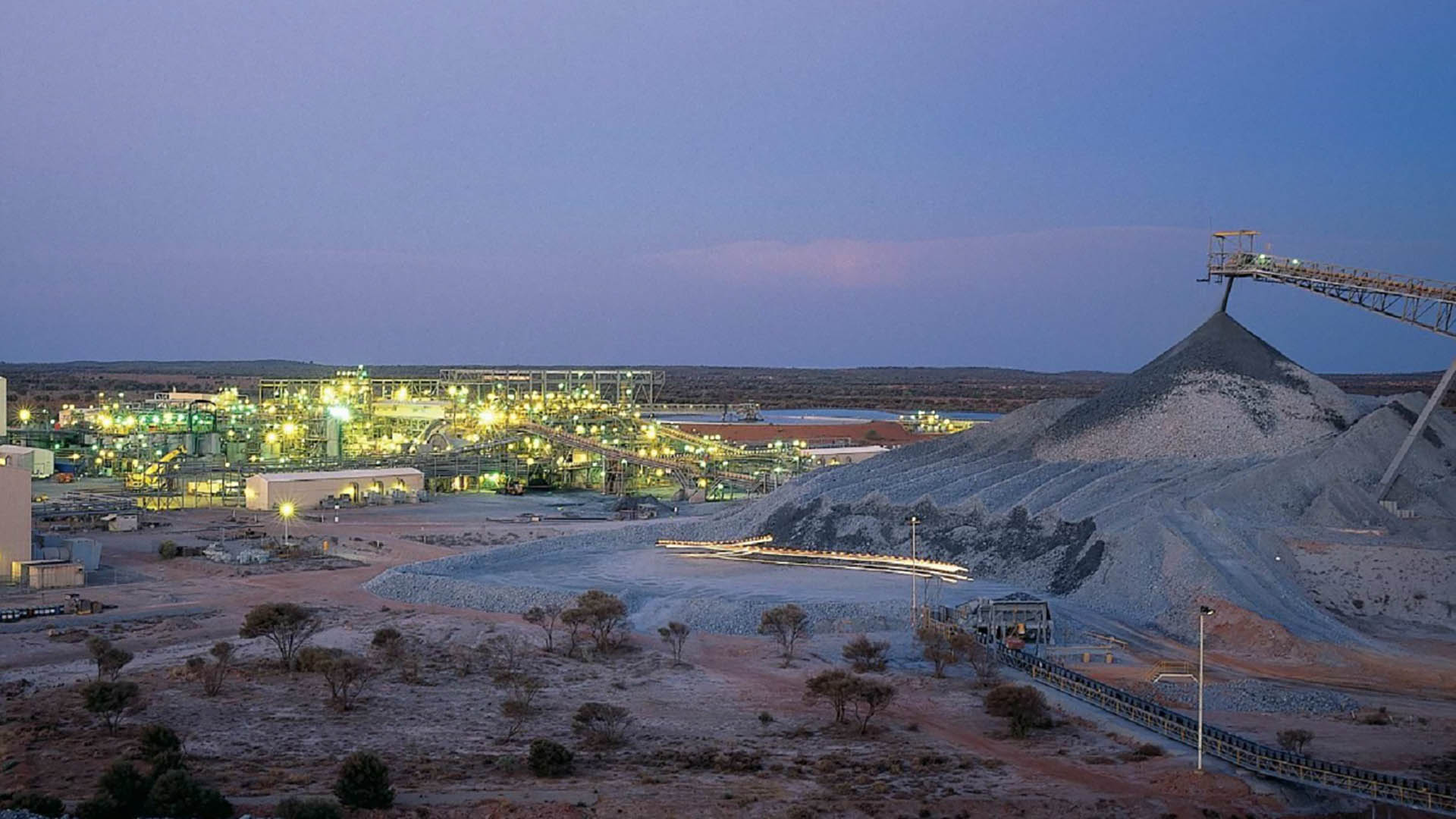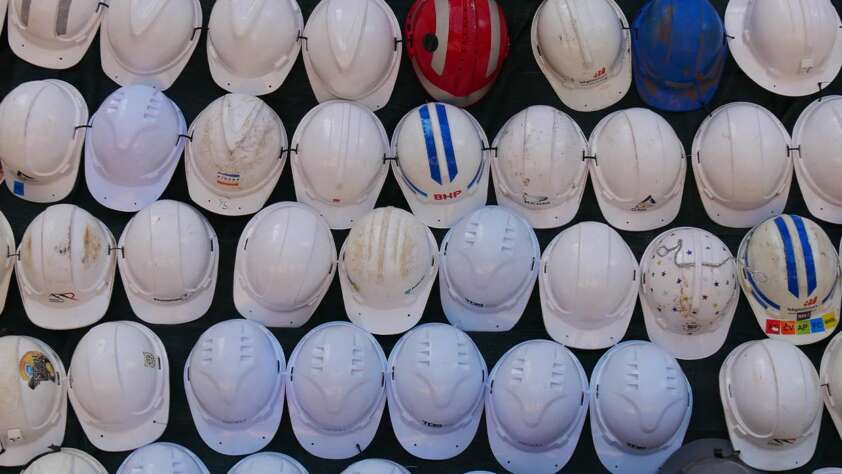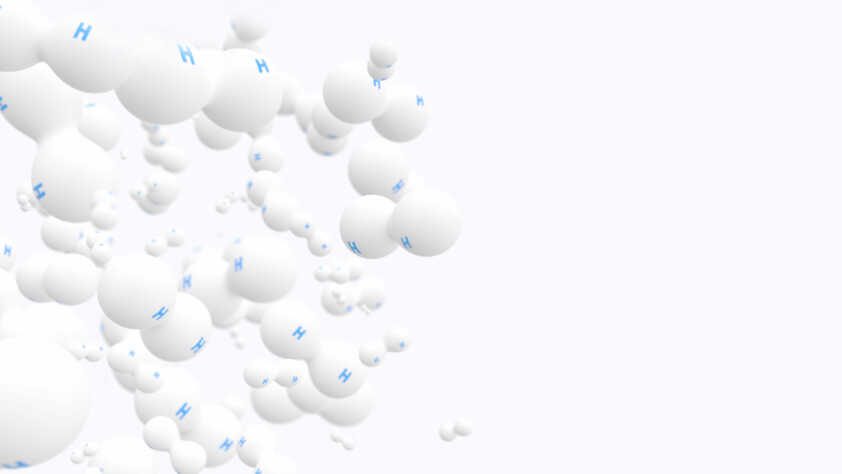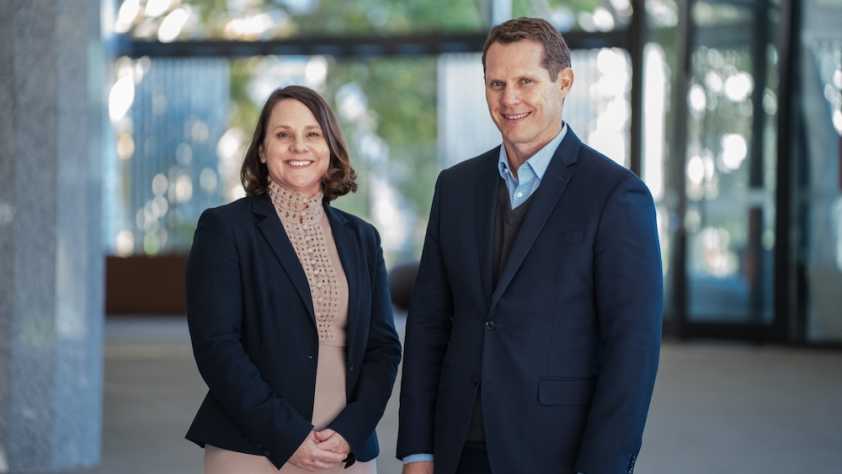The Chamber of Minerals and Energy of WA (CME) welcomes the release of the Future Charge: Building Australia’s Battery Industries report as a further validation of the shared aspiration of industry, State and Federal Governments to take advantage of downstream opportunities in the battery value chain.
These aspirations reflect a desire for Australia to capture value in the global demand for lithium-ion batteries that is expected to increase 24-26 per cent annually to 2030.
There are also emerging drivers from customers to source products from jurisdictions with strong environmental social and governance (ESG) performance and to diversify and shorten supply chains.
“CME has been working closely with member companies, the State and Federal Governments and the Future Battery Industries Cooperative Research Centre to build on Western Australia’s position in the battery value chain,” CME Chief Executive Paul Everingham said.
“The report acknowledges that WA is the only state in Australia that has a battery industry development strategy, which has been important in market awareness, investment attraction, and laying the groundwork for further downstream activity.
“The findings from this latest report really reinforce the methodical pathway opportunities to develop a downstream industry in WA, a position CME has advocated for a number of years and through several commissioned reports.”
Western Australia has several competitive advantages in the battery space, including endowment of raw materials required for batteries, a world-class mining sector and strong ESG credentials.
The State is already the largest producer of mined lithium, a top-five producer of nickel, rare earths and cobalt, and will also be home to refineries producing highly purified lithium, nickel, and rare earth chemicals.
This position underpins significant value and job creation to 2030. The report estimates Australia’s established market position in raw materials and refined products could deliver $3.7bn of value-add and, support 14,800 jobs to 2030.
While the report outlines several recommendations to increase Australia’s participation in cell manufacturing and battery assembly, it also recognises the challenges inherent in developing full-scale battery manufacturing capability, and highlights interim steps in the value chain that provide the best opportunity to compete globally and develop sustainable downstream industries.
“We need to acknowledge structural barriers in the discussion of moving beyond current activities and into active materials, cell manufacturing, battery pack assembly and recycling,” Mr Everingham said.
“Unlocking investment and growing participation in chemical refining and active materials manufacturing should remain front and center of considerations.
“CME will continue to work with State and Commonwealth governments and key stakeholders on realising short and medium-term opportunities for Western Australian industry, and how opportunities can be realised in the most effective way.
“CME also commends the work of the Critical Minerals Facilitation Office and programs like the Modern Manufacturing Initiative in unlocking ways the Federal Government can facilitate growth in the sector.
“Efforts to move further downstream will not be successful, without meaningful actions from the State and Federal governments to support building the foundations of a long-term self-sufficient industry.”






